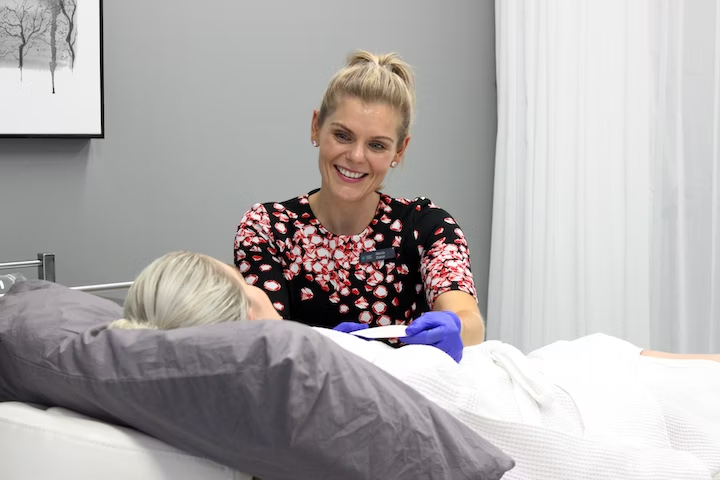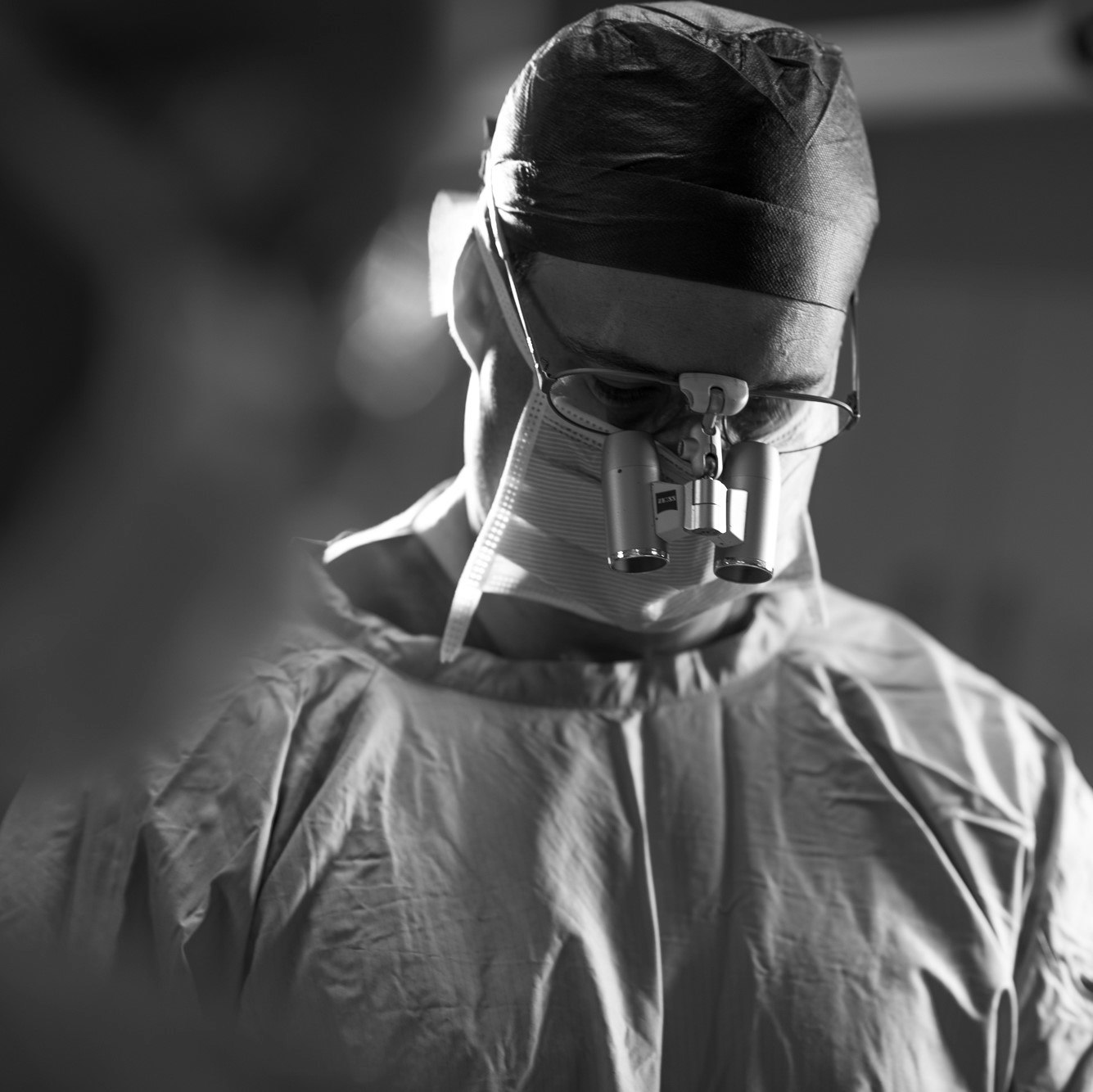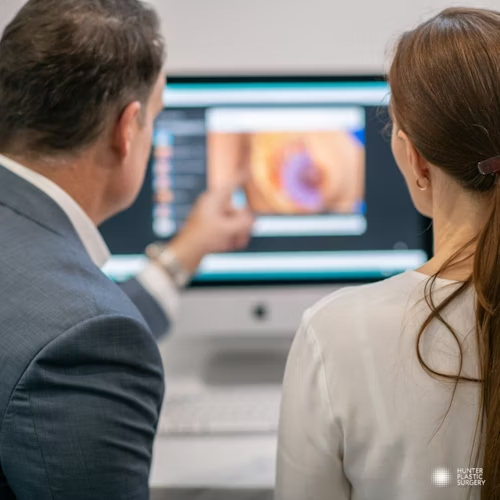Why do we use drains how do you care for them? Read on to find out!
Following your procedure, a surgical drain may be required to prevent a build-up of fluid the body naturally produces in the early stages of healing. If your drains are not removed while you’re in hospital, it may be required for you to discharge from hospital with the drains in place.
What are surgical drains and how do they work?
The surgical drains used by Dr Moncrieff are a silicone rubber tube, inserted into the body through a small incision made close to the wound. At the external end of the drain, a small bulb collects the excess fluid, which is then periodically measured and emptied. After the bulb is squeezed empty, the seal is closed, creating a gentle suction to help pull more fluid into the bulb again.
Your surgical drain will draw out serous fluid and some blood from your surgical site, allowing your wound to heal together efficiently. If this fluid is left to accumulate and is not drained, it essentially takes up too much space and prevents the wound from healing back together. Surgical drains help to minimise risk of infection and help to prevent common post-operative fluid collections, such as seromas and haematomas.
Which plastic surgery procedures require surgical drains?
Generally smaller breast surgeries, like standard breast augmentations or smaller lifts do not require drains. However, most of our larger breast and body procedures require drains. These procedures include:
- Breast reduction
- Breast lift
- Implant removal
- Implant removal and lift
- Implant removal and replacement
- Abdominoplasty
- Lower body lift
- Arm lift
- Thigh lift
Where will the drains be located?
Drain placement varies depending on the procedure and your surgeon’s preference. For most breast procedures, a drain is placed just under the armpit on either side of the chest. For a tummy tuck, two drains are inserted just below the suture line through the mons pubis area. For larger procedures such as a lower body lift, up to six drains may be required.
When can I have my drains removed?
For surgical drains to be ready for removal, you must be draining under 40mls in a 24-hour period.
How long do I need to wait for drainage after breast and tummy tuck surgery?
For breast reduction, breast lift, implant revision or tummy tuck patients, you may be discharged with your drains still in place. Your surgical drains may remain in place for anywhere between 2-10 days.
Once your drains are collecting less than 40mls in a 24-hour period, please call one of our friendly team a call on 4920 7700 to schedule your drain removal appointment with our nursing team.
How do I track how much I’m draining?
The easiest way to track how much fluid you are draining is to use a log like the one below. You will be provided with a printout copy upon discharge.
- If you have more than one drain in place, number your draining bags (i.e. Bag 1, Bag 2)
- At the same time each day, gently compress the drainage tube to allow the fluid to flow into the drain bulb
- Record daily drainage (i.e. If your drainage bulb recorded 100mls the day before and today the amount now shows 280mls, your daily total was 180mls)
- Squeeze your drain bulb empty as required. If your drain system includes a drainage bag, change bag when required with a twist action.

My drain site is leaking! Is this normal?
Yes! It is not uncommon to experience some leakage around the drain site. If this occurs, you can use an absorbent dressing to reinforce the existing dressing. The most important thing to note here is whether the drain itself is still collecting fluid. If you notice your drain does not seem to be collecting fluid, please alert the hospital staff or our nursing team after discharge.
Once the drains are removed, you may still have some fluid escape through the drain site. This is completely normal and will subside over the following days.
Have another question about your drains?
Forgot how to track your drains, not sure if what you’re seeing is normal, or ready for your drains to come out? Just call one of our friendly team on 4920 7700 to be popped through to our nursing team for review.
More blogs you may be interested in:
- Common patient questions after breast and body surgery
- Recovering from a tummy tuck
- Tips to bounce back sooner from surgery
- Post-surgery bloating and swelling
- Minimising scars after plastic surgery
- 'Drop and fluff' after breast augmentation
- Do I still need to wear a bra after breast surgery?
- When can I exercise after surgery?

Blog Author:
Alecia Baker, Practice Nurse, Hunter Plastic Surgery
About Alecia
Alecia is a Practice Nurse at Hunter Plastic Surgery and has worked closely with Dr Nick Moncrieff, Specialist Plastic Surgeon in Newcastle, since 2018. She is a Registered Nurse with extensive experience in nursing and patient management in some of the busiest hospital settings in the Hunter! She really cares about helping our patients become healthy and happy. Her kind and calm manner help them feel comfortable during their journey with us.
Learn more about our Cosmetic Plastic Surgery Clinic




